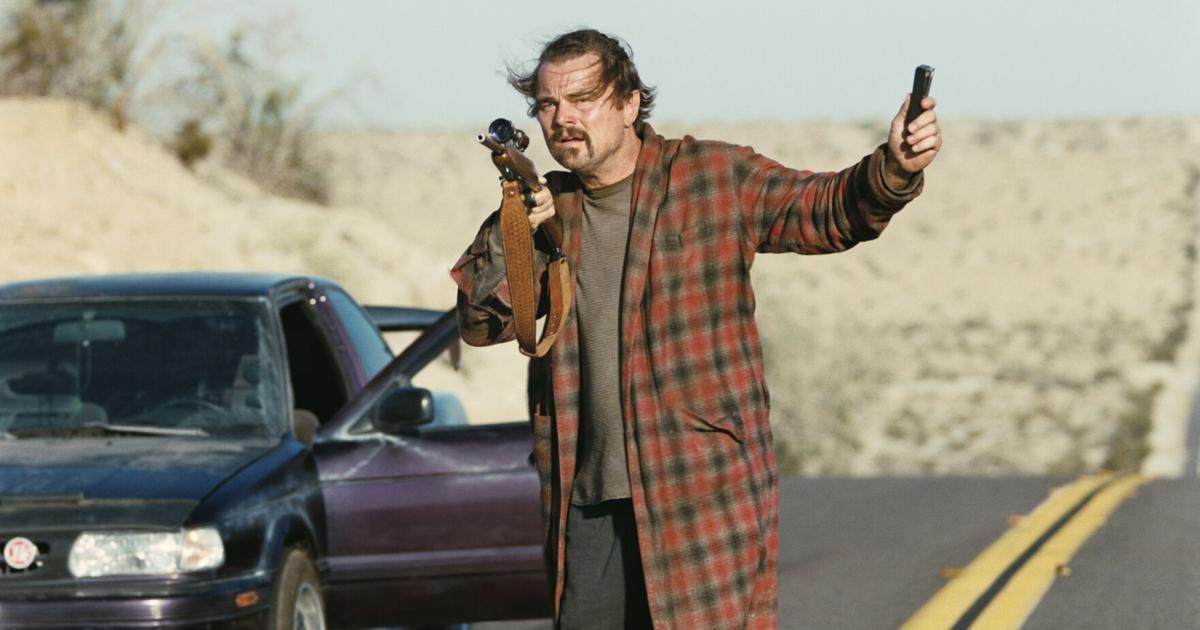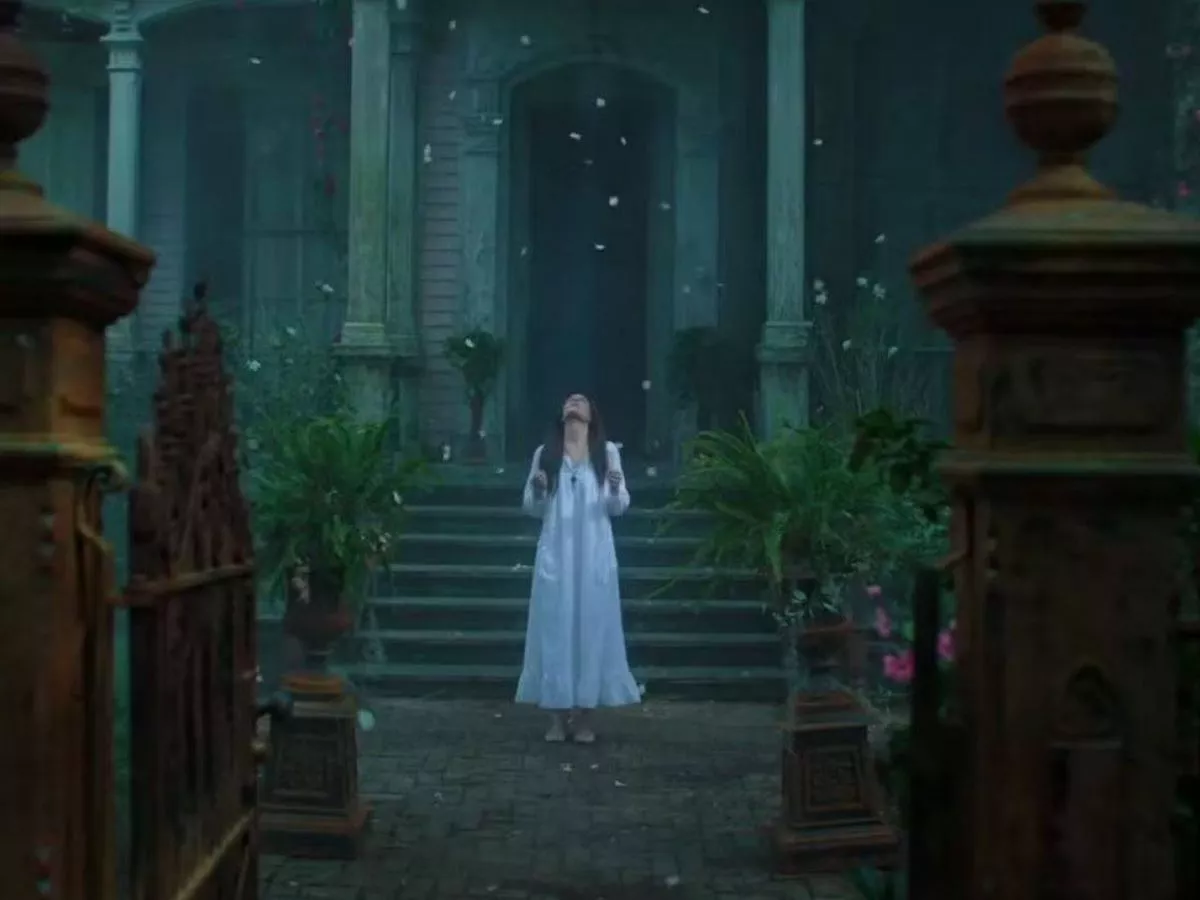Review: ‘One Battle After Another’ is Paul Thomas Anderson’s most explosive and possibly best film yet
By Peter Howell
Copyright thestar

Paul Thomas Anderson, never a stranger to cinematic skirmishes, returns from the sunny love tussles of “Licorice Pizza” to a movie so dense in conflict and confrontation you may wish the concession stand sold flak jackets alongside the popcorn.
“One Battle After Another,” freely riffing on Thomas Pynchon’s novel “Vineland,” is a political satire-turned-urban warfare epic. If “The Master” was about spiritual combat and “There Will Be Blood” chronicled economic ruthlessness, Anderson’s latest plunges headlong into literal battle, punctuated by rat-a-tat gunfire, shouted recriminations and constant generational and ideological crossfire. It may be Anderson’s best film; it’s certainly his most violent.
Sean Penn makes for a fearsome central villain in a terrific cast. He’s Steven J. Lockjaw, a gravel-voiced Army colonel who looks like he was carved out of granite. A military man turned warlord, Lockjaw has a lust for control that puts him at the top of Anderson’s rogues’ gallery of misanthropes. Compared with him, Daniel Plainview, the oily oligarch of “There Will Be Blood,” looks like he could use a hug, and Reynolds Woodcock, the needling tyrant of “Phantom Thread,” seems made of damp cotton.
Lockjaw’s target is Leonardo DiCaprio’s Bob Ferguson, a burned-out revolutionary once aligned with the radical left collective French 75 (think the Weather Underground). Bob is equal parts shifty everyman and gonzo goofball. DiCaprio, in a highly unglamorous turn, plays him as a bathrobe-clad single father hiding his paranoia under clouds of weed smoke, gallons of alcohol and other drugs.
Alongside Bob, Teyana Taylor’s explosive Perfidia and Regina Hall’s compassionate Deandra ground French 75’s revolution in opposing temperaments. Their flashbacks, showing acts of resistance against ICE raids and white-power zealots, carry eerie echoes of today’s violent news cycle.
The revelation, though, is impressive newcomer Chase Infiniti as Willa, Bob and Perfidia’s love child, who inherits both the burden and the hope of her parents’ fractured ideals.
When love proves to be as flammable as a Molotov cocktail, Bob and baby Willa move to the Baktan Cross, a (fictional) California town where the revolution isn’t being televised or even talked about. There, he raises Willa alone, doing his anxious best. By the time she matures into a rebellious teen, Willa has become the film’s emotional anchor.
She takes karate instruction from an unflappable sensei named Sergio (Benicio del Toro as comic relief), the kind of guy you want in your corner when the arts turn martial, so to speak.
Sixteen years after Bob and Willa have moved to California, Lockjaw has not forgotten them. His continued pursuit of the French 75 rebels is motivated by personal obsession and his desire to impress — and also join — a rich and powerful white supremacist group called the Christmas Adventurers. Their greeting — “All Hail St. Nick!” — would be absurd if it weren’t so believable.
The ex-radicals will soon cross swords again with the rabid right, revisiting past hostilities in a series of clashes that do indeed follow one after another. Anderson and cinematographer Michael Bauman want us to experience the battles on the widest screen possible. The film was shot in VistaVision (like last year’s “The Brutalist”) and will be screened in IMAX theatres.
The many scenes of people overwhelmed by their environment — imposing buildings and desert grandeur — recall the paranoid cinema of the 1970s, in particular Alan J. Pakula’s “The Parallax View,” whose central conspiracists serve as an unfunny precursor to the Christmas Adventurers.
The music by Radiohead’s Jonny Greenwood is challenging, shifting between keyboards and percussion in great waves that approach cacophony. The tsunami of sound is intended to be destabilizing, battering viewers with the sensory overload that’s felt by the actors.
A late-film chase scene over undulating desert roads has the same effect in visual terms; the queasy may wish to avert their gaze. Together, sound and vision make the film bristle with nervous energy, pushing Anderson closer to operatic chaos than he has ever ventured before.
But the question remains: will the torch of resistance, passed from one generation to the next, burn without scorching its carriers?
Anderson, true to form, leaves us without certainty after the lights go up, nearly three hours after they dimmed. The credits roll while the soundtrack plays Tom Petty’s “American Girl,” a song about a girl “raised on promises” who wanted something more. It could be Willa’s theme song.



